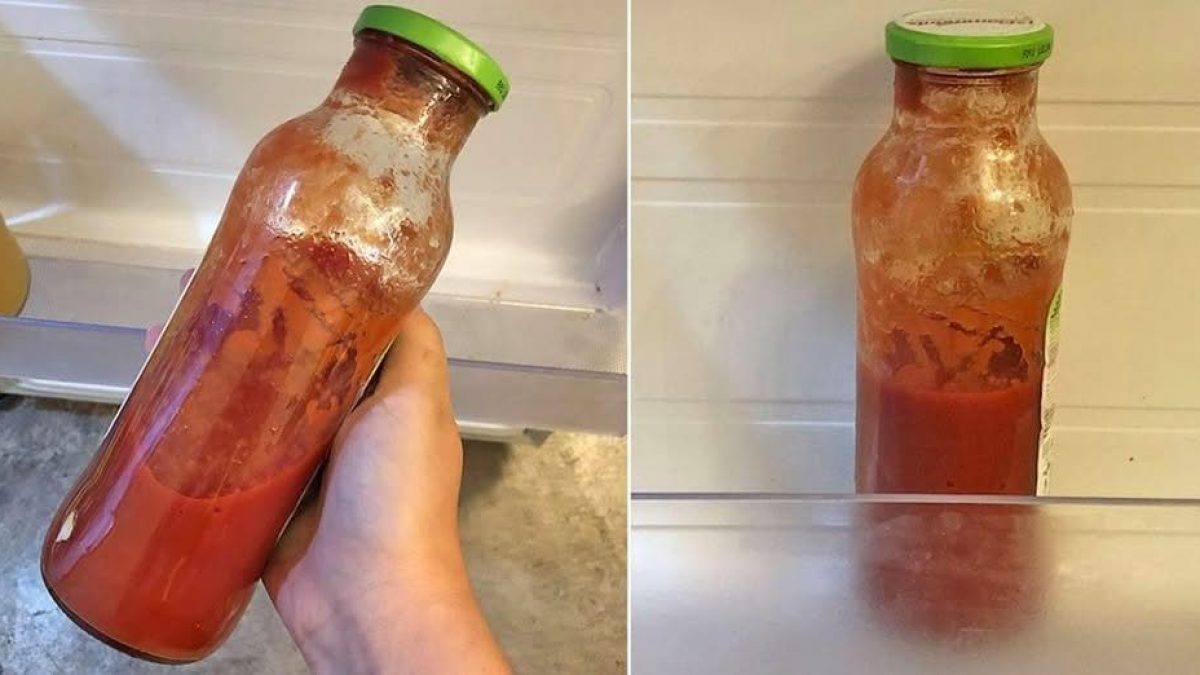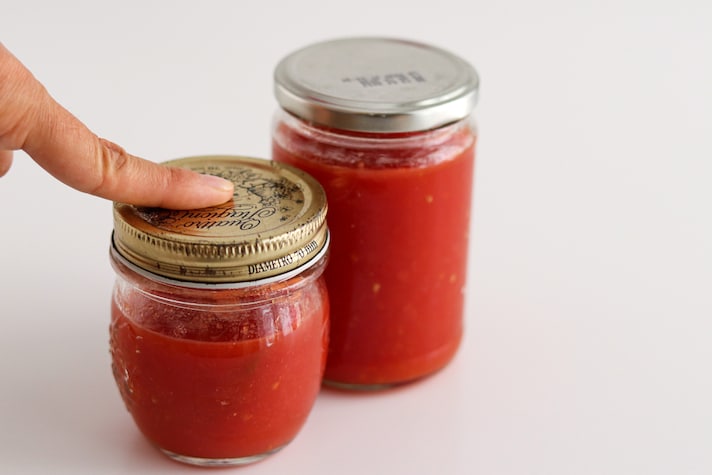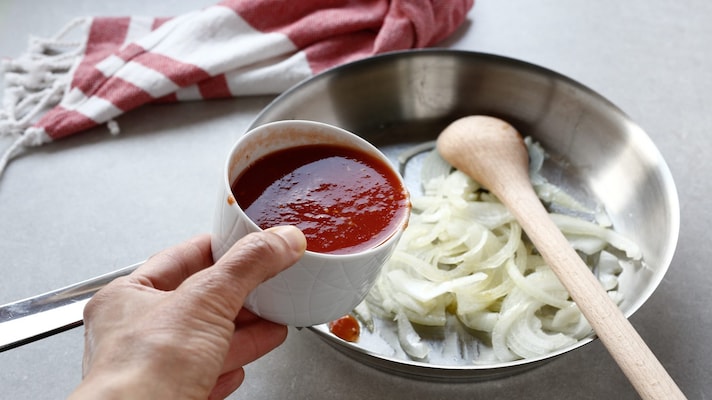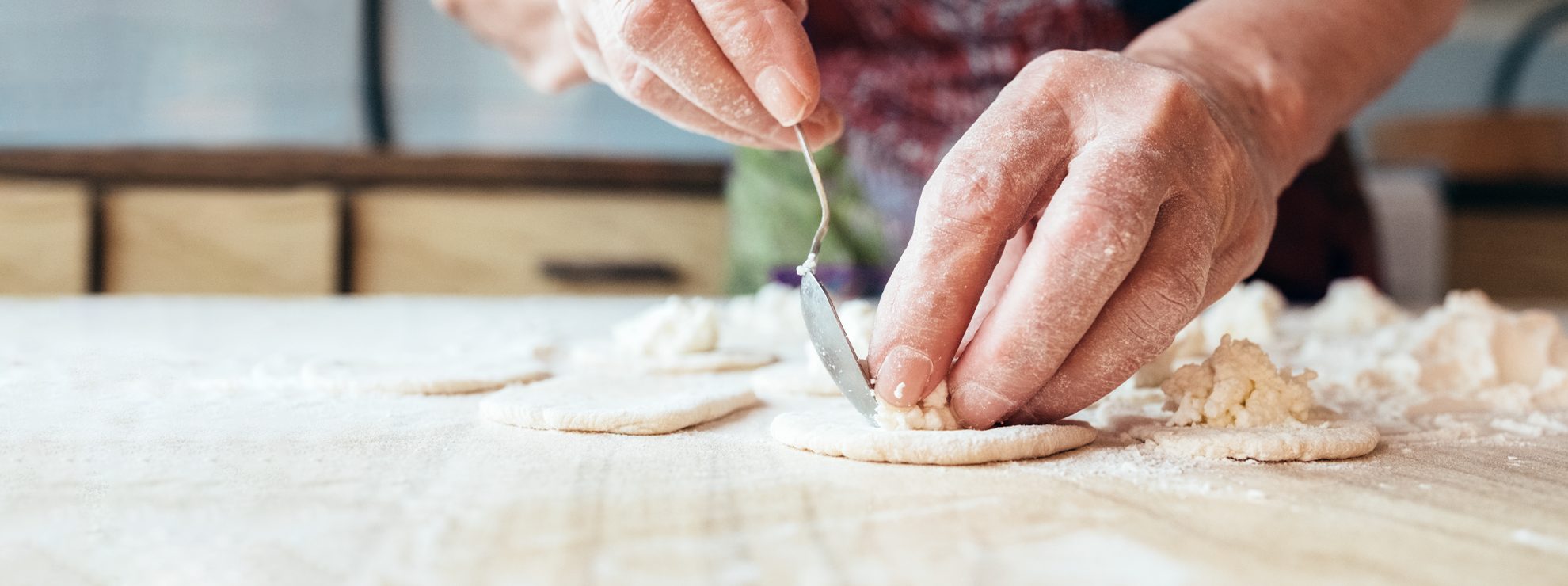
Tomato puree is a basic ingredient in many recipes: you can use it to prepare a simple or enriched sauce, to season pizza, to prepare parmigiana and so on. But, once opened, it must be stored correctly to maintain its flavor and freshness. How to do it best and safely? Here are some useful tips that will allow you to preserve your opened puree for as long as possible, avoiding unnecessary waste.
Opened Tomato Puree: Methods and Tips for Storing It
If you bought tomato puree – or made it at home – and there is some left, you can always save it to use at another time. Once opened, in fact, its conservation requires special attention to keep its organoleptic properties intact and thus avoid deterioration. Here's how to do it best.
1. Transfer it to An Airtight Container

The first thing to do to best preserve tomato puree is to transfer it to an airtight container: this prevents air from coming into contact with the puree, thus slowing down oxidation and the proliferation of bacteria. Prefer glass or hard plastic containers, clean and well dried, but avoid metal containers that could alter the flavor. If you do not have an airtight container, we still recommend that you do not reuse the original jar: even if you wash it well, residues may remain that favor bacterial proliferation.
2. Store the Tomato Puree in The Refrigerator

The refrigerator is the best place to store opened tomato puree for a few days, keeping it at a constant temperature and slowing down the deterioration process. Place the container in the refrigerator, preferably in the lowest part, where the temperature is more constant; avoid placing the container near foods with strong odors, as the tomato puree could absorb them. Even in the refrigerator, tomato puree has a limited shelf life, generally 2-3 days. Before using the puree, always visually check for mold on the surface or inside the container: if you notice even just traces of mold, discard the entire product.
3. Use Small Portions

For a longer shelf life, remove only the amount of sauce you need from the original packaging and store the rest in the fridge or freezer. This reduces the number of times you open and close the container, limiting its exposure to air: also remember that small quantities of food are attacked by bacteria more easily.
4. Freeze the Tomato Puree

If you have a large amount of puree and you don't plan on consuming it within a few days, you can freeze it in portions. Pour the puree into freezer-safe containers, leaving a little space on the surface to prevent the container from bursting; you can also freeze mini portions, using ice cube trays: you'll need them when you simply need to "stain" your dishes. Write the date on a label and attach it to the jars to keep track of the freshness of the product: this way it will last in the freezer for about 6-9 months. When you need the passata, let it defrost in the refrigerator overnight.
;Resize,width=767;)
